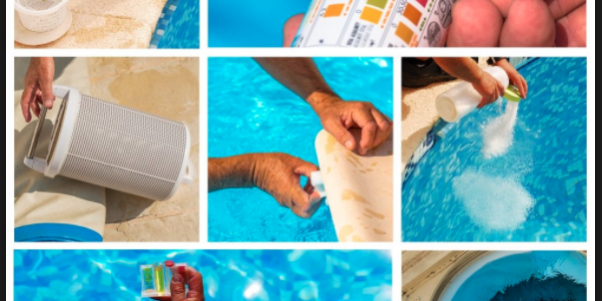As much as we love spending time in the pool, when the temperature starts to drop inevitably New South Wales homeowners seek indoor activities. Failing to properly maintain your pool during the autumn and winter months will result in more work once the weather starts improving.
If you’re planning to switch off pool equipment during winter to save money on electricity and chemical costs, think again. Not only will you run the risk of damaging expensive filtration and sanitation systems but you could also damage your pools design.
You should consider running your pool filter for three to four hours a day over the winters months. This will help keep the water clean and help the water to stay in an ideal state of balance. You should also conduct basic maintenance to ensure that your pool does not become a haven for harmful organisms. Keeping the pool safe for children and pets is also important, as during off season it is easy to forget to keep an eye on that area of your property.
Cleaning Tips
If you want to save on pool maintenance you can do a lot of the work yourself. Algae tend to build up in the corners of pools so regularly cleaning is a good way to promote a healthy pool.
Pool filters are designed to catch debris – much of which is broken down due to constant water circulation during the summer. It is therefore important to remove any debris and clean your filters at the beginning of your offseason, maximizing the efficiency of the system when the pool is being used less often. We also recommend that you backwash filters to help prevent bacteria from proliferating.
A silicone lubricant is recommended for keeping o-rings maintained and you should also make a practice of periodically cleaning out your skimmer basket. Although you do not want to keep your filter running constantly throughout the season, a regular cycle is enough to prevent stagnation in the pool.
Pool Equipment & Chemicals
Make sure to run regular checks on pipes, motors, filters etc. to ensure that everything is working as it should. Refer to manufacturer’s manuals to ensure that you are maintaining and servicing your pool equipment correctly.
When you know you won’t be using the pool for a while you can use a process known as “shock closing,” which involves adding a large amount of a chemical, such as chlorine, to the water. However, it is important that you check the recommended levels for the size of your pool. 2lb per 10,000 gallons is the commonly used equation for chlorine. Do not add chlorine and algaeside at the same time and always check that levels are no more than 10ppm (preferably no higher than 5ppm) before allowing anyone to enter the pool.
Poolside Safety
A pool is at its most dangerous during offseason. Any covering should fit securely with rope-ties and modified catches to prevent children or animals from entering the pool. Pool fencing and gates should be kept locked off to avoid potentially fatal accidents from occurring. To avoid your cover from being weighed down, remove any debris or water as soon as possible.
Speak to the professionals from Houspect on 1300 258 789 they can provide expert reports for both your interior and exterior construction work.





